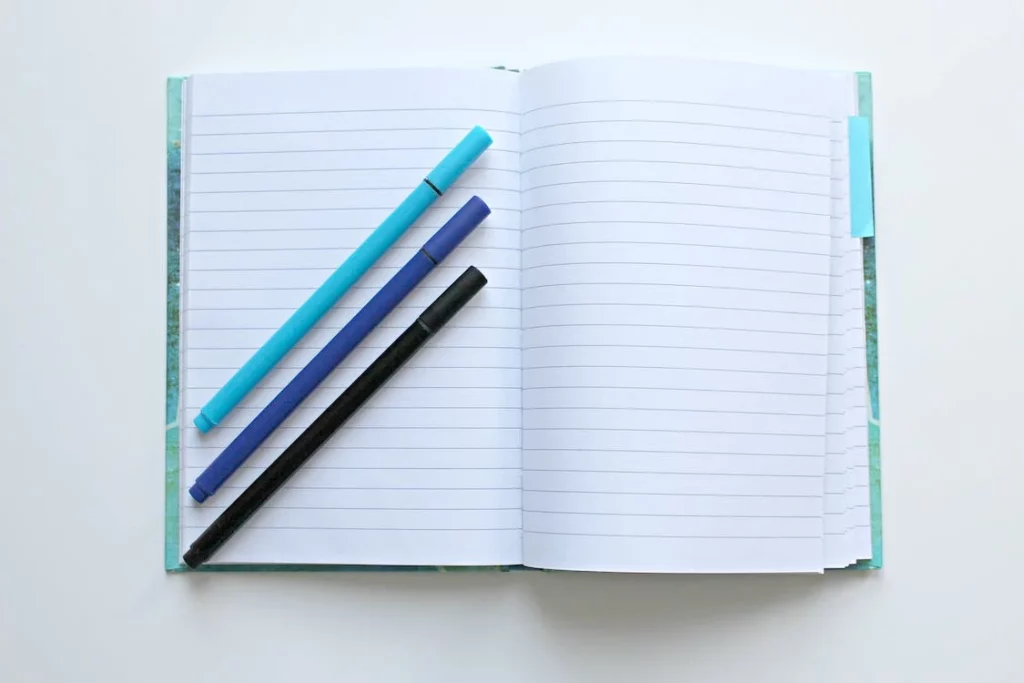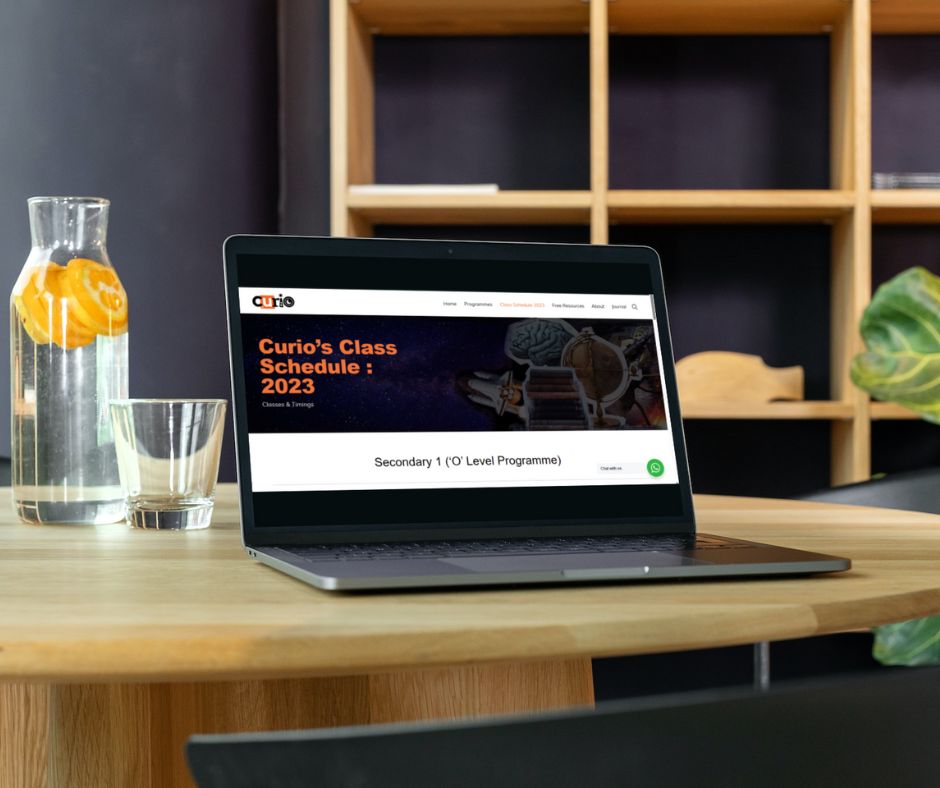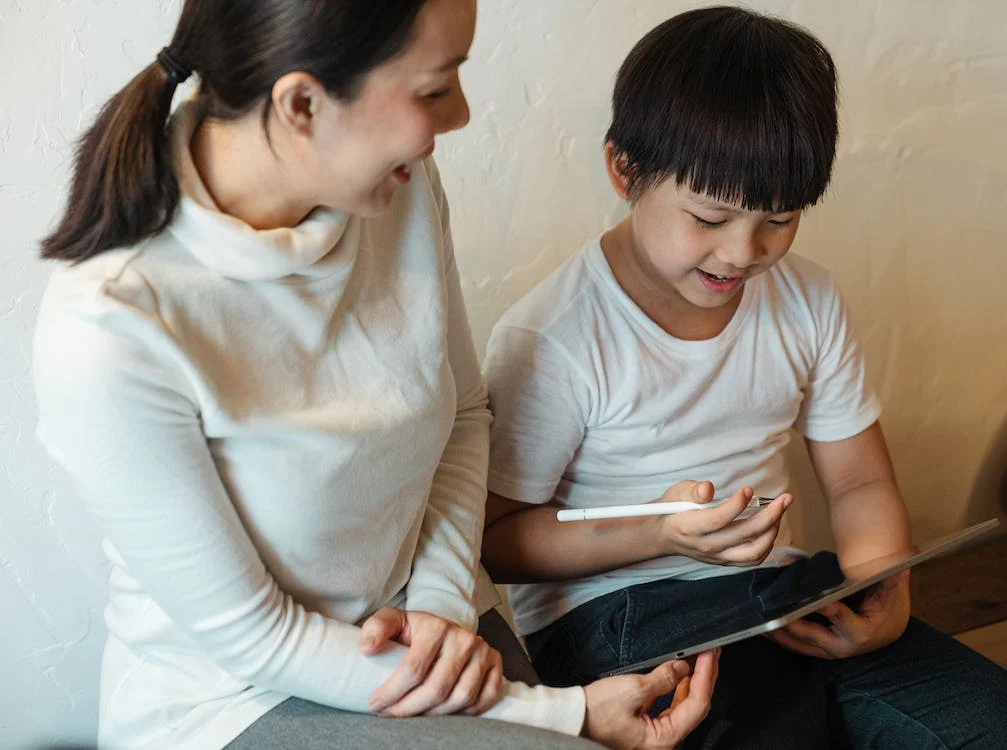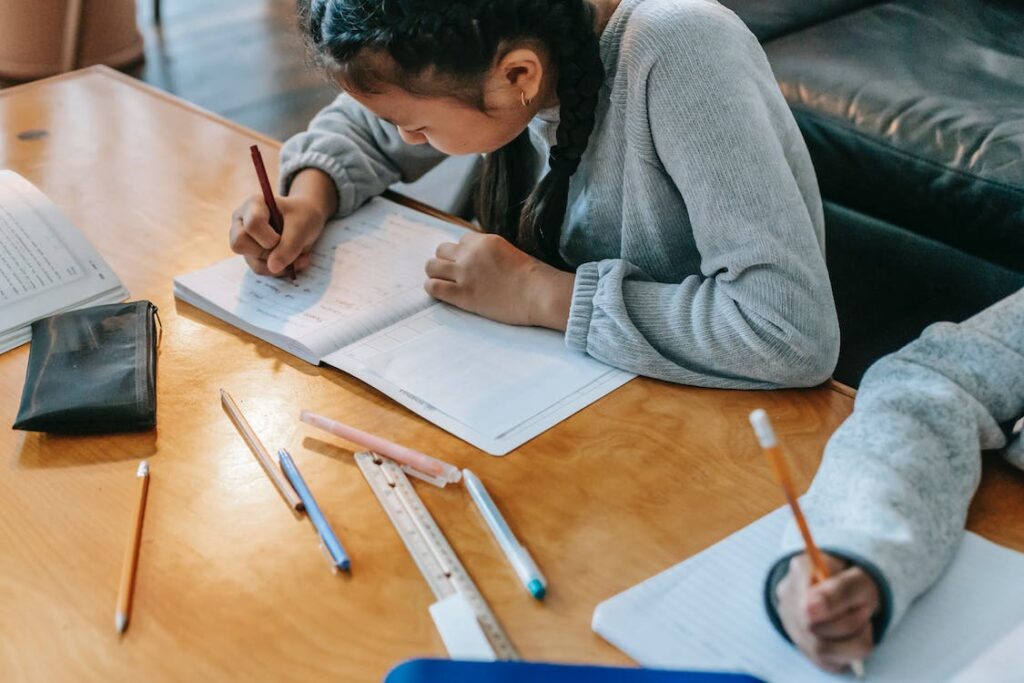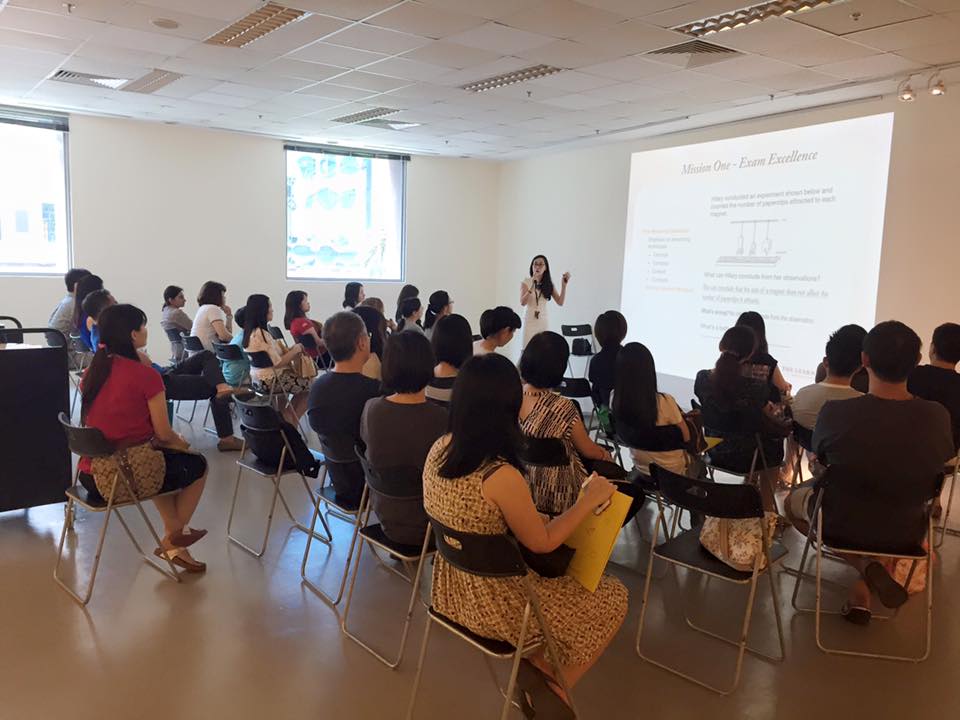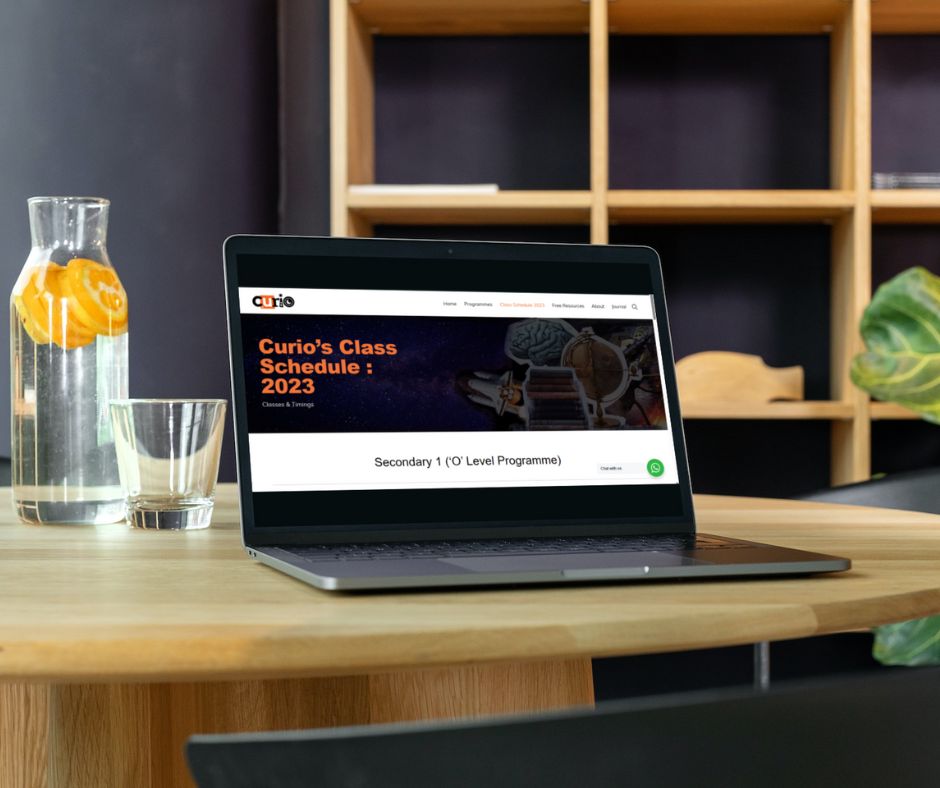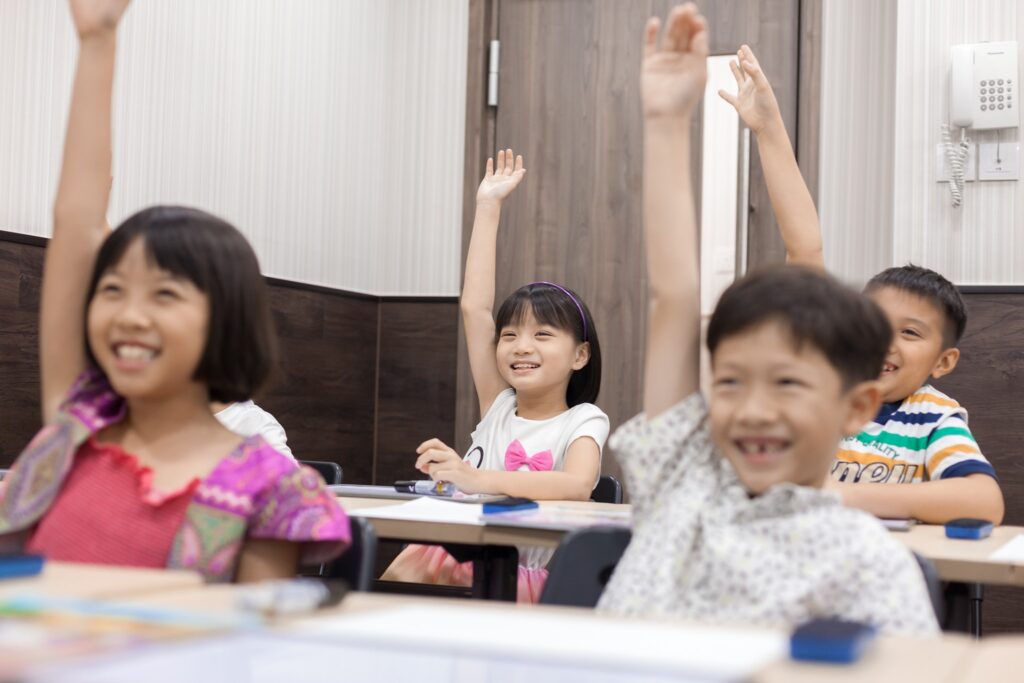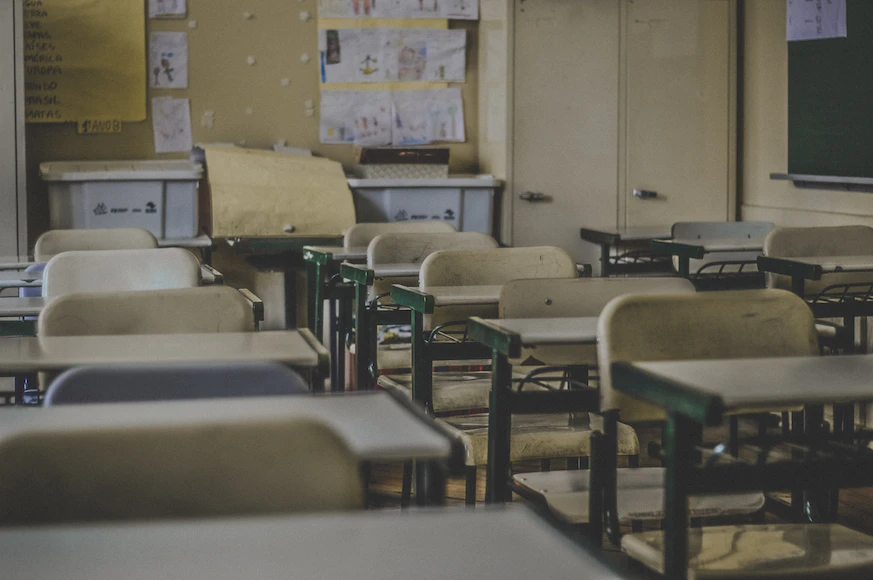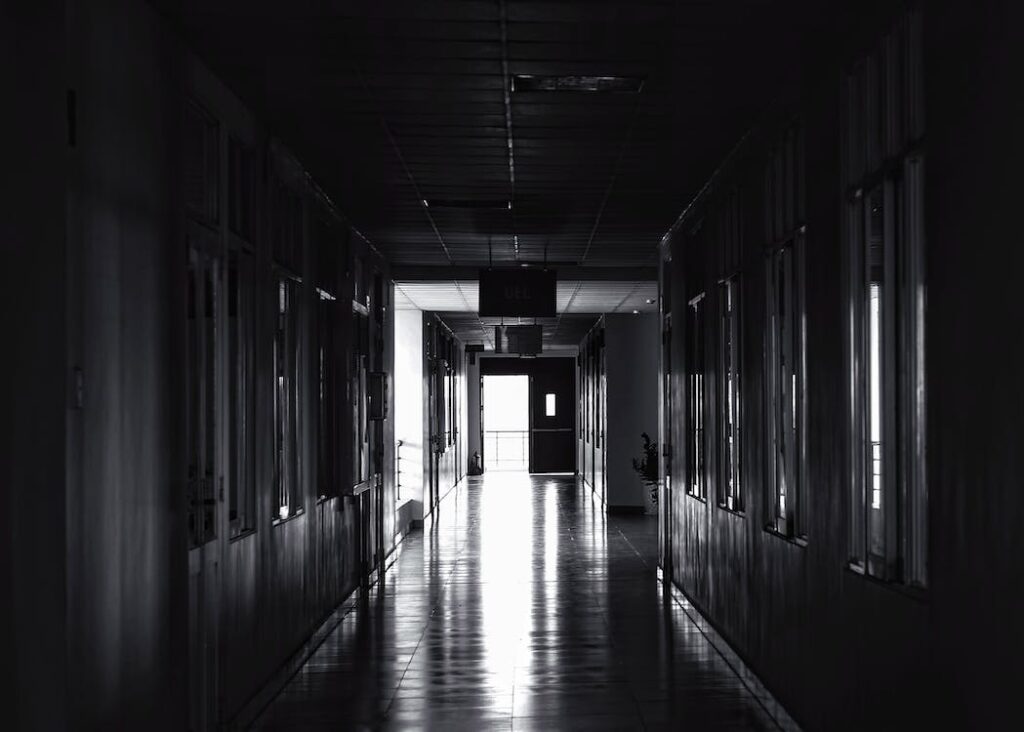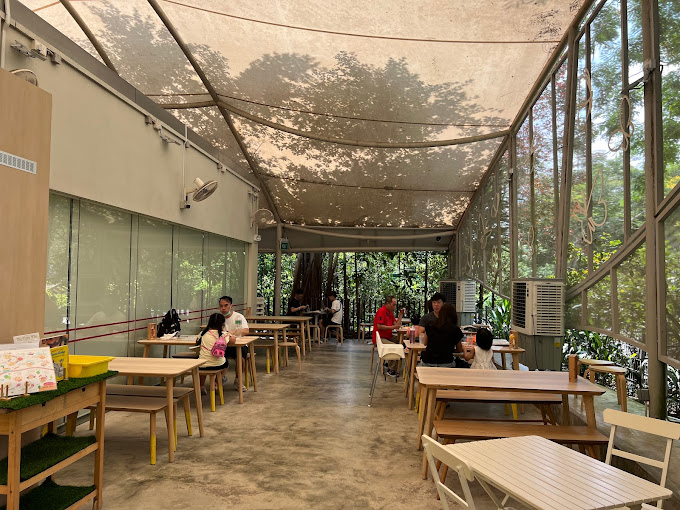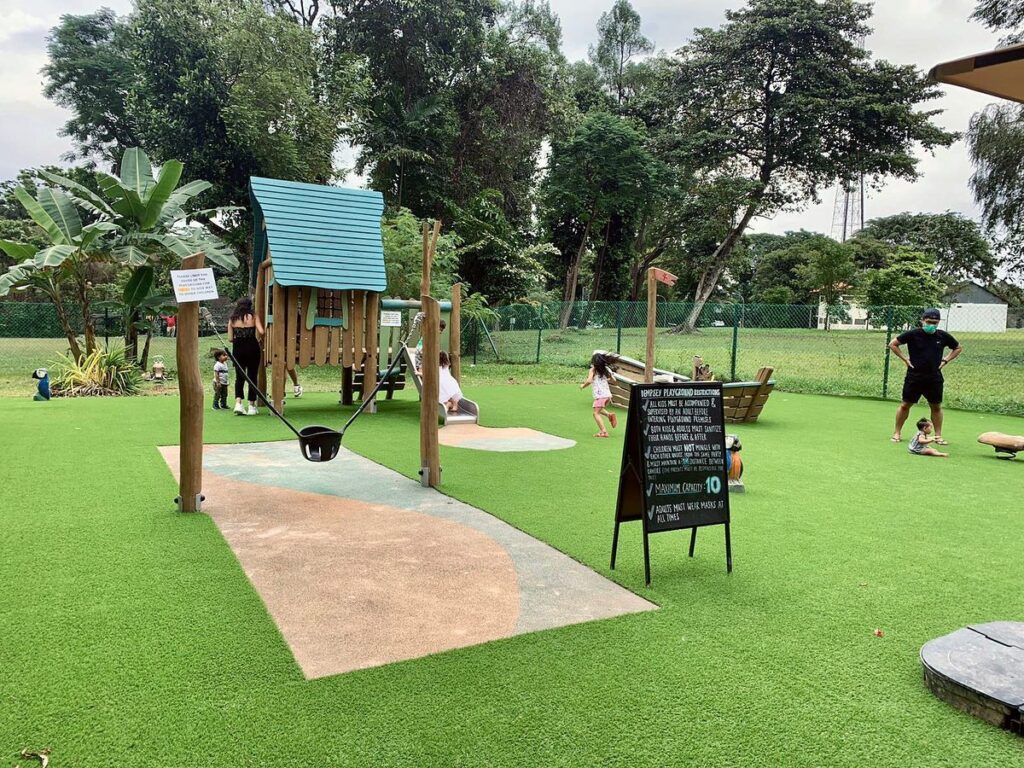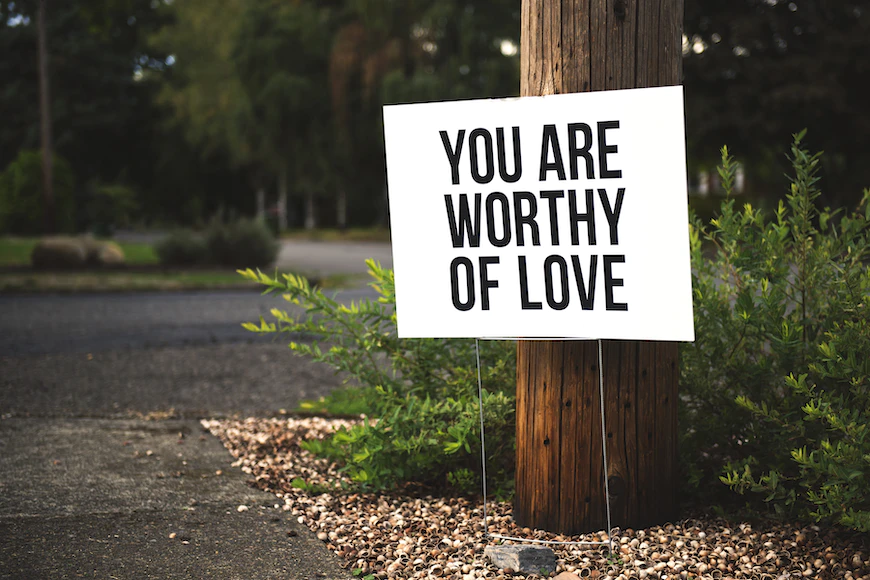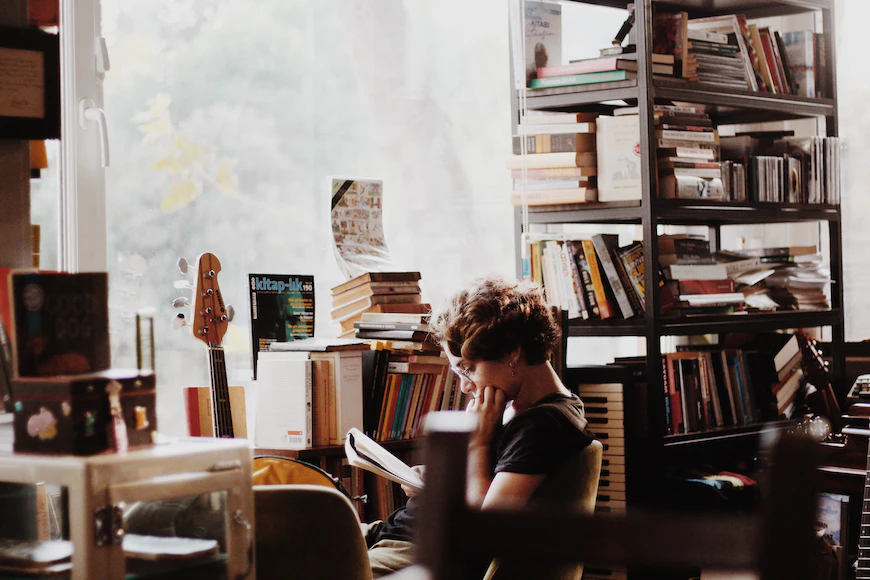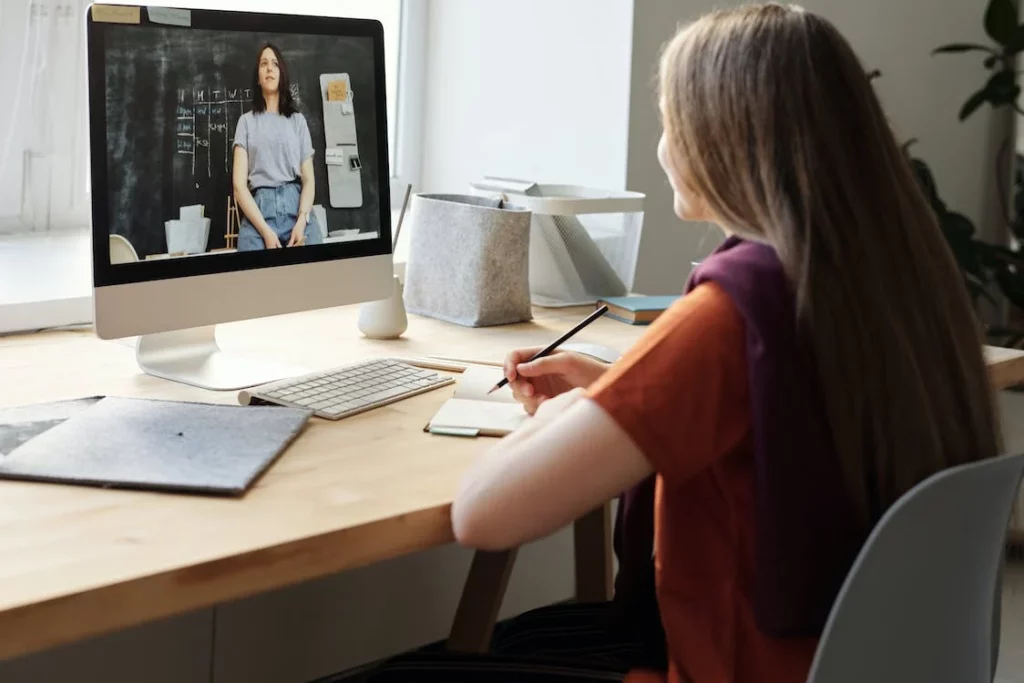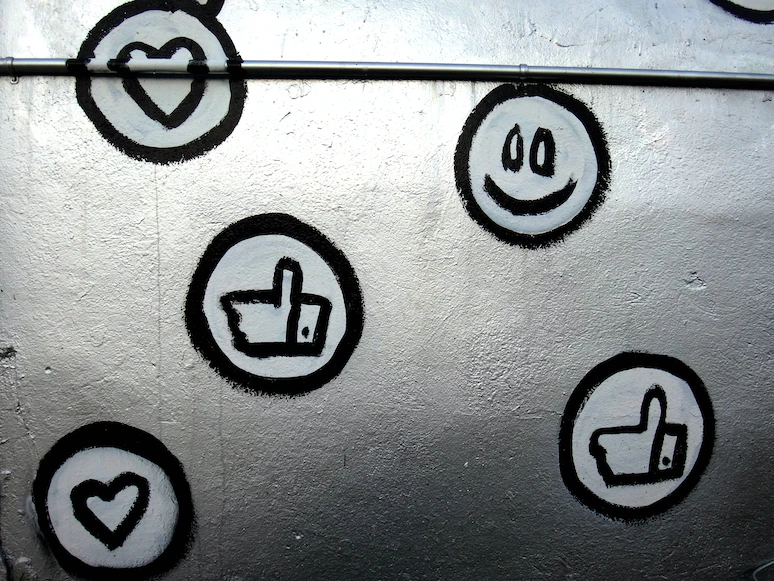"Ignite your child's imagination through thrilling live shows and plays in Singapore, blending education and entertainment for a captivating learning experience."

Experience a world of adventure and wonder with a series of exciting live shows and theatrical plays designed specifically for children in Singapore. These exhilarating programs blend entertainment and education, giving young audiences a fun and engaging approach to learn and discover. Get ready to embark on a journey of imagination and discovery as these events bring stories to life, teaching valuable lessons and igniting the joy of learning!
1. When Sadness Comes to Call
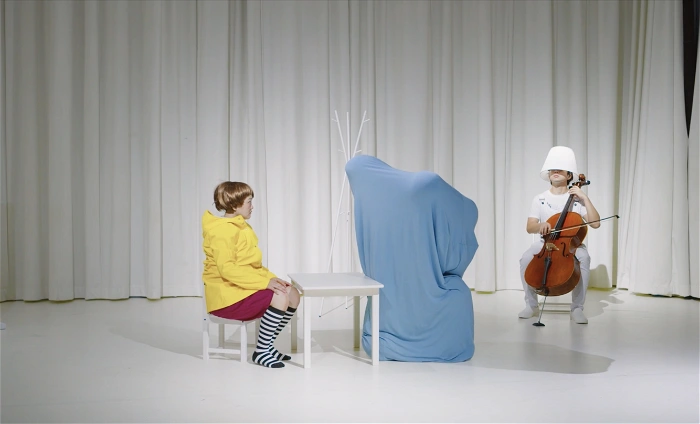
When Sadness Comes to Call is a play that teaches young children how to comprehend and accept sadness. It’s calm and reassuring entertainment appropriate for youngsters aged 4 and above. The play encourages kids to talk to their parents about how they can deal with sadness in a creative way.
Mark your calendars for the upcoming theatrical performance of “When Sadness Comes to Call” at the Gateway Theatre’s Black Box, scheduled from Saturday, July 15, 2023, to Sunday, July 16, 2023. It is also suitable for people who are deaf or hearing impaired, as well as people on the autism spectrum. The play is classified as a relaxed performance, which creates a welcoming setting for all attendees.
2. The Zodiac Race
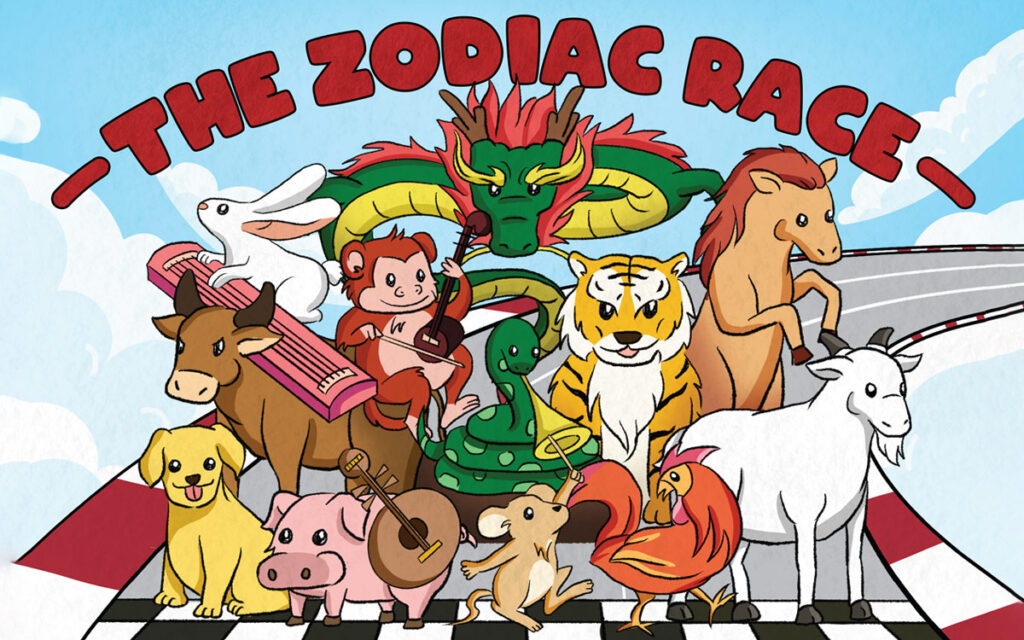
The Zodiac Race is an exciting theatrical musical presented by The Finger Players and Ding Yi Music Company Singapore. It will be held from 24th to 27th July 2023 at the Singtel Waterfront Theatre at Esplanade. The duration of the performance is approximately one hour, making it a concise and engaging experience.
This musical is recommended for primary school with a minimum entrance age of 7 years and above. It offers an informative and entertaining learning experience with a variety of learning objectives in mind. Audiences will have the opportunity to:
- Recognize and identify traditional Chinese instruments within a Chinese ensemble.
- Gain an appreciation for Chinese mythology through the captivating art of puppetry and traditional Chinese music.
- Learn to identify and understand various emotions and moods conveyed through musical expressions, such as changes in tempo, textures, and timbres.
- Develop an understanding of the importance of teamwork and the value of working harmoniously through music and puppetry.
Services and facilities will be provided to ensure a comfortable experience for everyone. Concessions for people with disabilities (PWDs) are available for selected shows.
3. Goldilocks and the Three Bears

This family musical takes a modern twist on the beloved classic tale. The story follows Goldilocks, who stumbles upon an empty house while exploring the forest. This fun production also conveys an essential lesson about the importance of environmental protection. As the Bears and Goldilocks try to save the forest, audiences will discover the value of taking care of their surroundings.
The performances will take place at the KC Arts Centre, the home of SRT. The show will be presented in English from 26th July to 12th August 2023, followed by Mandarin performances starting from 14th August 2023.
The English version of the show is recommended for children aged 3 and above, while the Mandarin version is recommended for children aged 5 and above. This ensures that both younger and older audiences can enjoy and appreciate the musical adaptation of Goldilocks and the Three Bears.
4. A Prince, An Explorer and A Girl – The Story of Batu Bulat
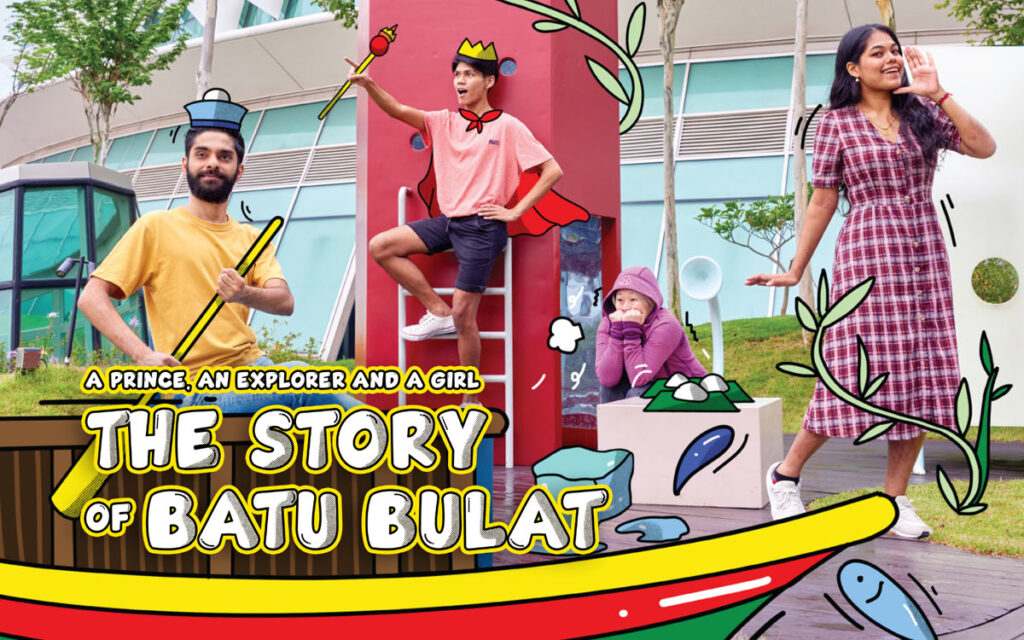
If you’re a fan of mysteries and adventures, then this is a performance you won’t want to miss! The play is a thrilling adaptation of The Putu Piring Incident at Batu Bulat by Adib Kosnan, Dalifah Shahril, Farez Najid, and Sugie Phua. There will be opportunities for children to express their opinions and thoughts during the performance, enabling them to sympathize with others and develop respectful and loving relationships.
The play is specifically recommended for children aged 3 to 6. Prepare to be captivated from Friday, 11th August to Sunday, 27th August 2023. The show takes place at the Esplanade Theatre Studio.
5. Peppa Pig’s Celebration
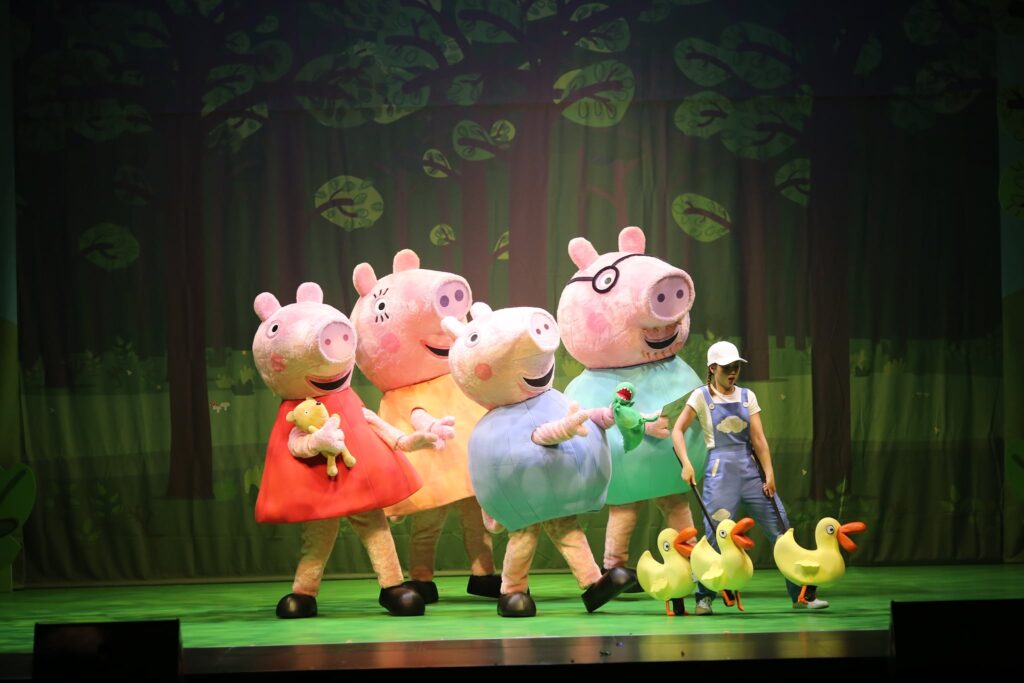
Peppa Pig is a well-known cartoon loved by children everywhere. Get ready to join in the excitement at the Sands Theatre, located in Marina Bay Sands, on Saturday, August 12, 2023. This live performance shares the heartwarming tale of Peppa Pig, who comes home to discover a surprise carefully planned by her mother, Mummy Pig.
With a duration of 90 minutes, this delightful live show promises to be a fantastic time for the whole family. You can expect to enjoy themes of family, friendship and teamwork, along with catchy new songs, unexpected surprises, and, of course, plenty of laughter and snorting! Don’t worry about age restrictions because this production is suitable for everyone. Children under 12 years old must be accompanied by a parent or guardian.
6. The Velveteen Rabbit
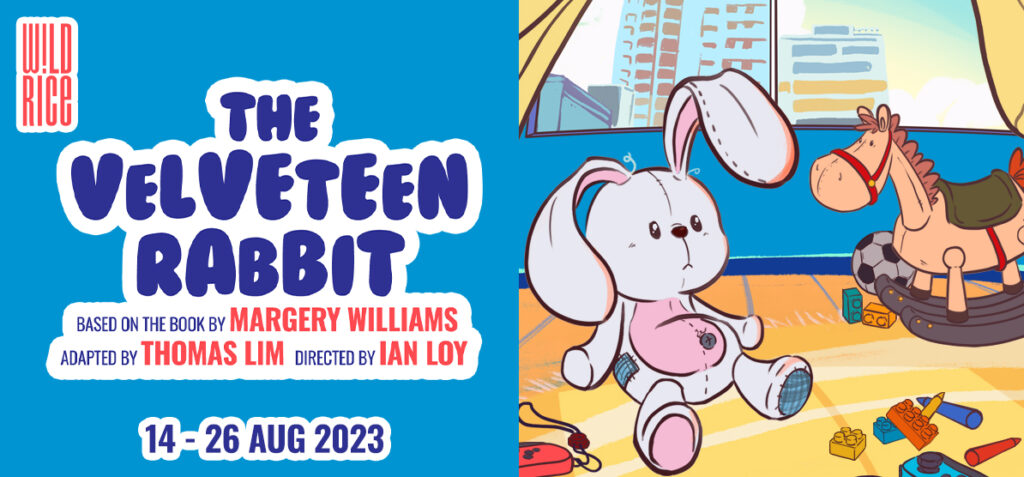
Just like Peppa Pig, there’s another cartoon that’s loved by kids everywhere! Wild Rice is thrilled to present their first-ever Little Wild Show—a Singaporean adaptation of Margery Williams’ cherished classic, The Velveteen Rabbit. Celebrating its 101st anniversary, this heartwarming tale explores friendship, self-acceptance, and the beauty of truly being alive. With joyful moments, humor, and a sprinkle of magic, The Velveteen Rabbit will captivate both kids and adults at heart.
Make sure to mark your calendars from Monday, August 14, 2023, to Saturday, August 26, 2023, and head over to The Ngee Ann Kongsi Theatre @ Wild Rice, Funan. This show is recommended for audience members aged 5 and above, and it lasts for approximately 50 minutes. Don’t miss out on this enchanting experience!
7. Little Red Riding Hood

Who doesn’t know the tale of Little Red Riding Hood, the Grandma, and the Big Bad wolf? During the upcoming September school holidays, the Singapore Symphony Orchestra will be showcasing the timeless fairy tale of Little Red Riding Hood.
This captivating performance will take place at the Victoria Concert Hall from September 9th to September 10th. The duration of the show is approximately one hour, without any intermission. Tickets are available at standard prices of $35 and $25, and you can visit the website for potential discounts. Don’t miss the chance to witness the thrilling story of Little Red as she triumphs over the cunning Big Bad Wolf!
8. The Smeds & The Smoos

Get ready for an extraordinary show inspired by the book by Julia Donaldson and Axel Scheffler. This thrilling adaptation will take you on an exhilarating journey through outer space, just like the BBC TV animation that aired on Christmas Day.
Suitable for children aged 3 and above, this captivating performance has a running time of approximately 60 minutes without any breaks. If you’re part of a school group, there are special performances available during weekday mornings. For more details, reach out to at [email protected].
Standard tickets are priced at S$68, S$58, S$48, and S$38. Don’t miss out on the chance to witness this stellar production from Thursday, September 21, 2023, to Monday, September 25, 2023, at the Victoria Theatre.




